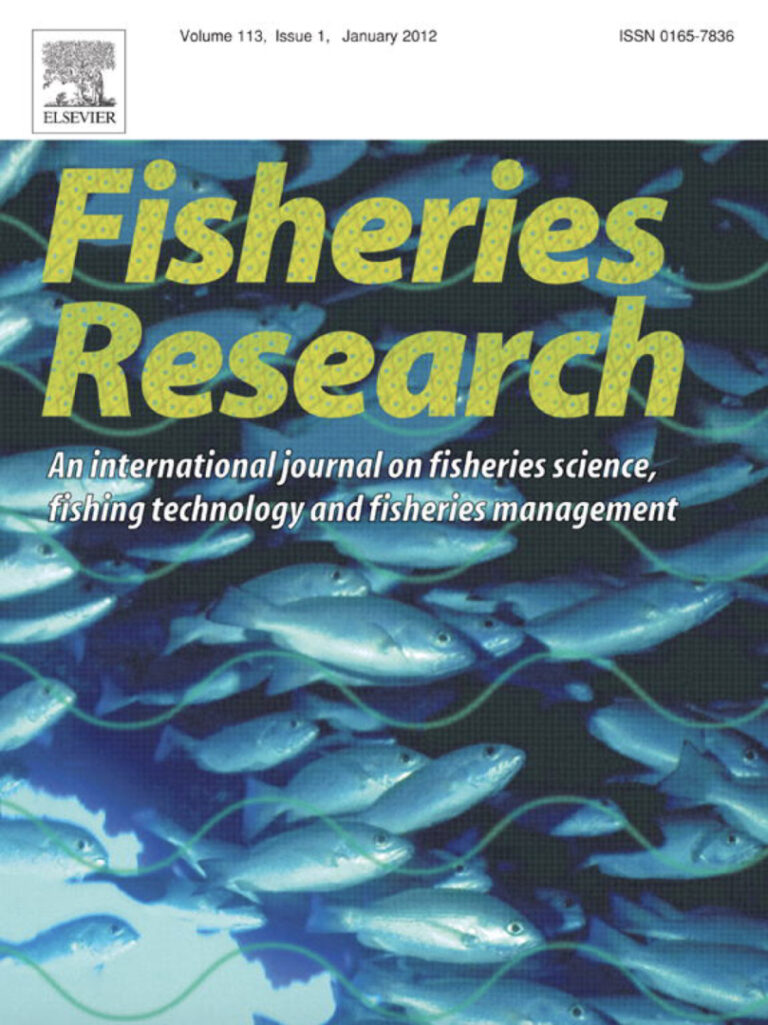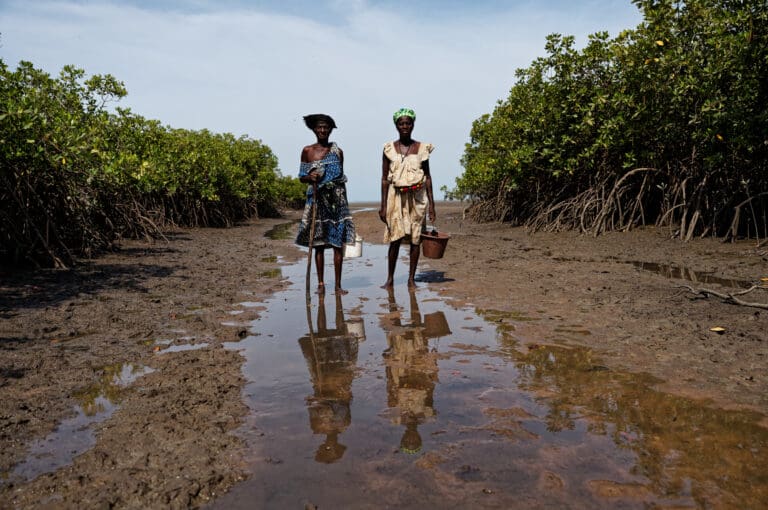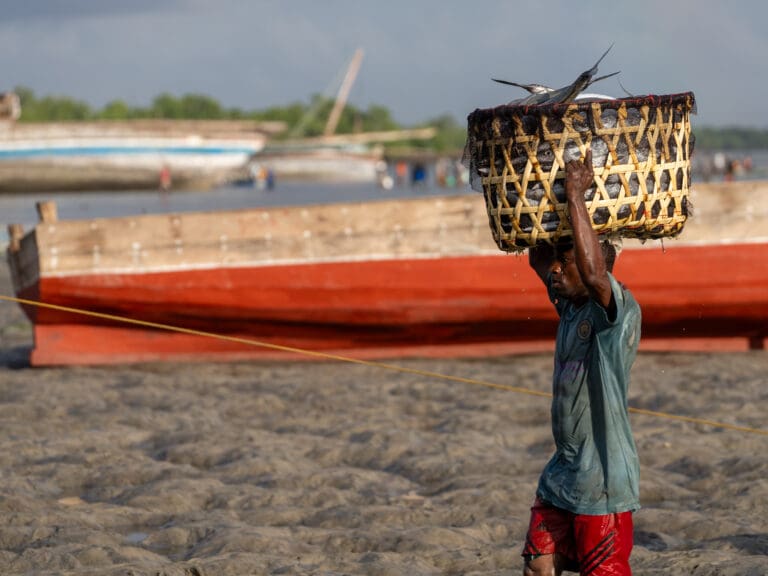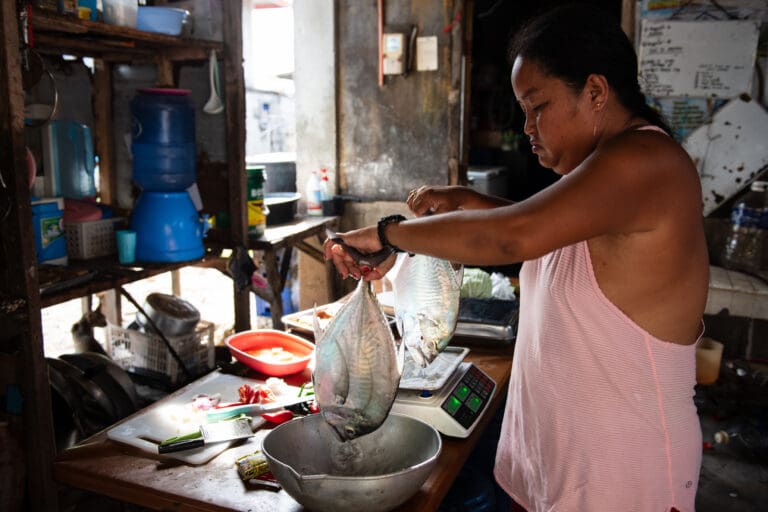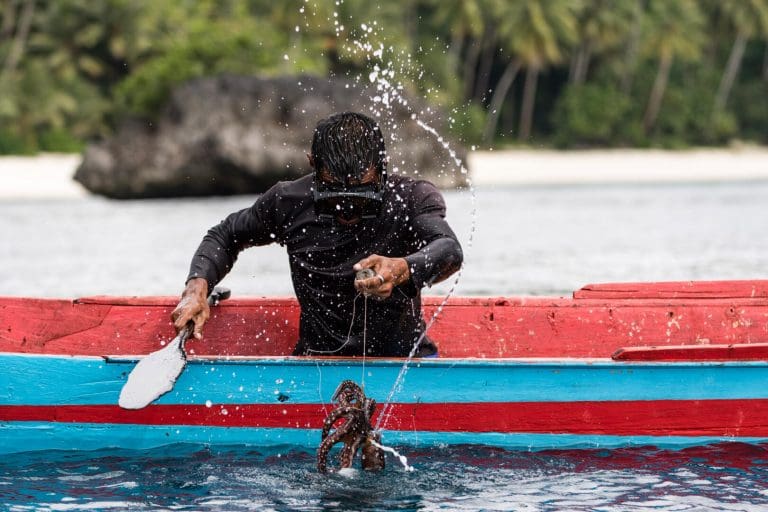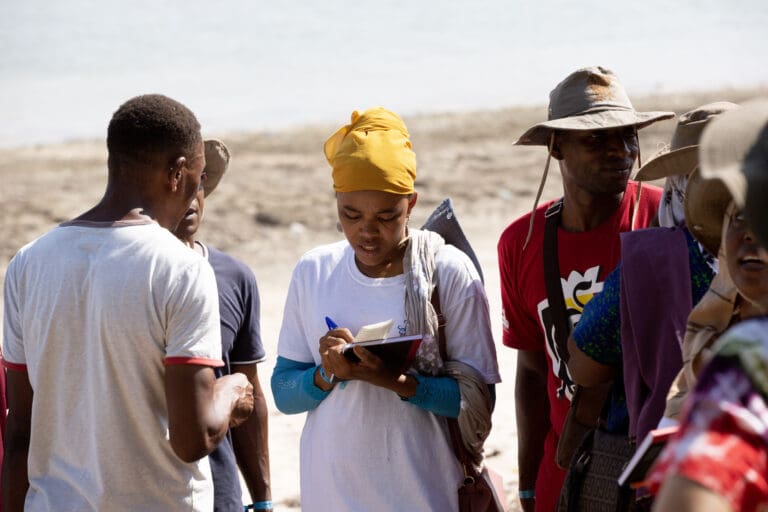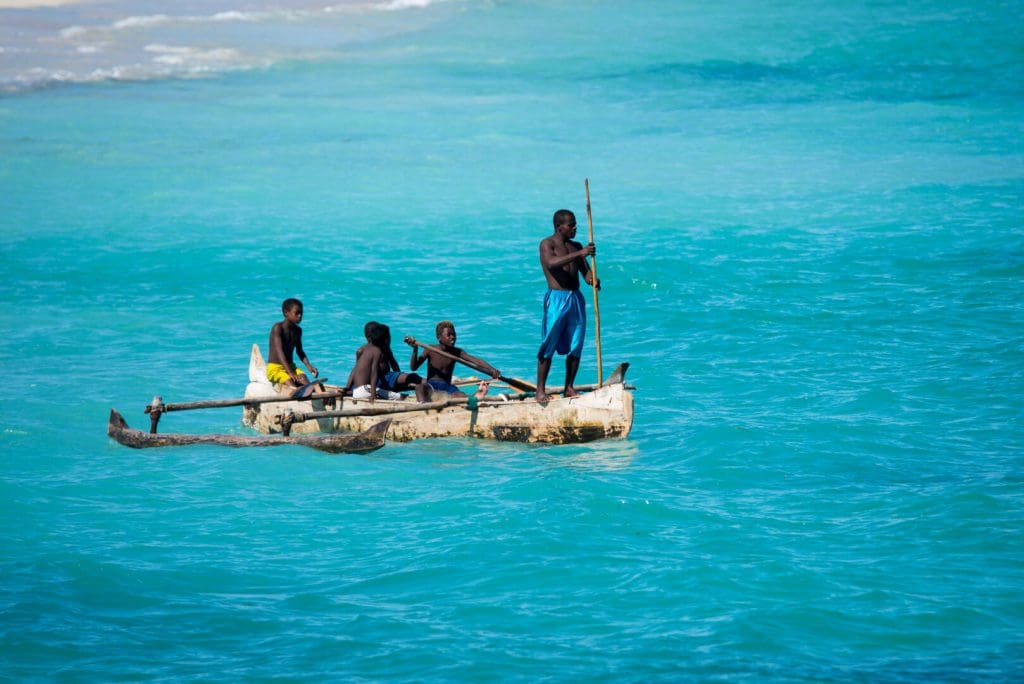Abstract
The Octopus cyanea fishery is the most economically important fishery in southwest Madagascar. Growing concerns over the sustainability of exploitation have promoted a number of conservation efforts to improve management of the fishery. We analyse one year of catch data to identify seasonal variations in sexual maturity and key reproductive periods of the species, using microscopic analysis of gonad tissues to validate field assessments of maturity. Data show seasonal variability in maturity and size at first maturity for both sexes, as well as temporal changes in the sex ratio of the species. Maturity occurred at a minimum mean weight of 2246 g for females and 643 g for males. A clear relationship between gonad weight and total weight in male octopus indicates that total weight can be used as a proxy for sexual maturity in males. Conversely, females show high variability in weight at first maturity and no clear relationship between total weight and maturity stage. Fully sexually mature females were very rare, constituting less than 1% of the total sample. We hypothesise that the artisanal fishery may not be currently exploiting mature female individuals because females retreat to deeper waters prior to reproduction, thus remaining beyond the reach of the fishery. An abundance of juvenile individuals in the catch from June, and again from October to November, indicates recruitment peaks at these two times. In recent years, management of this species in southwest Madagascar has focused on short-term closures to fishing within specific tidal reef flat areas. Identification of the key phases of the reproductive cycle of O. cyanea in southwest Madagascar may provide managers with biological evidence to support seasonal closures designed to protect key life stages of the species.
Keywords:
Octopus cyanea
Fisheries management
Reproductive cycle
Recruitment
Depth-refuge
Southwest Madagascar

